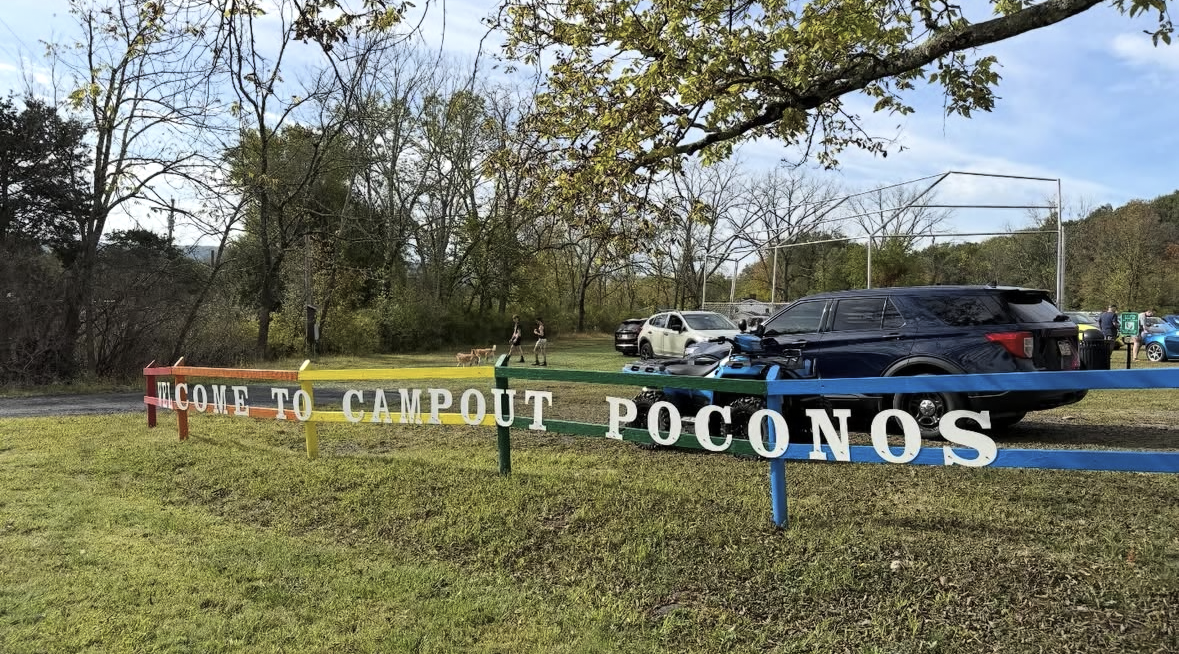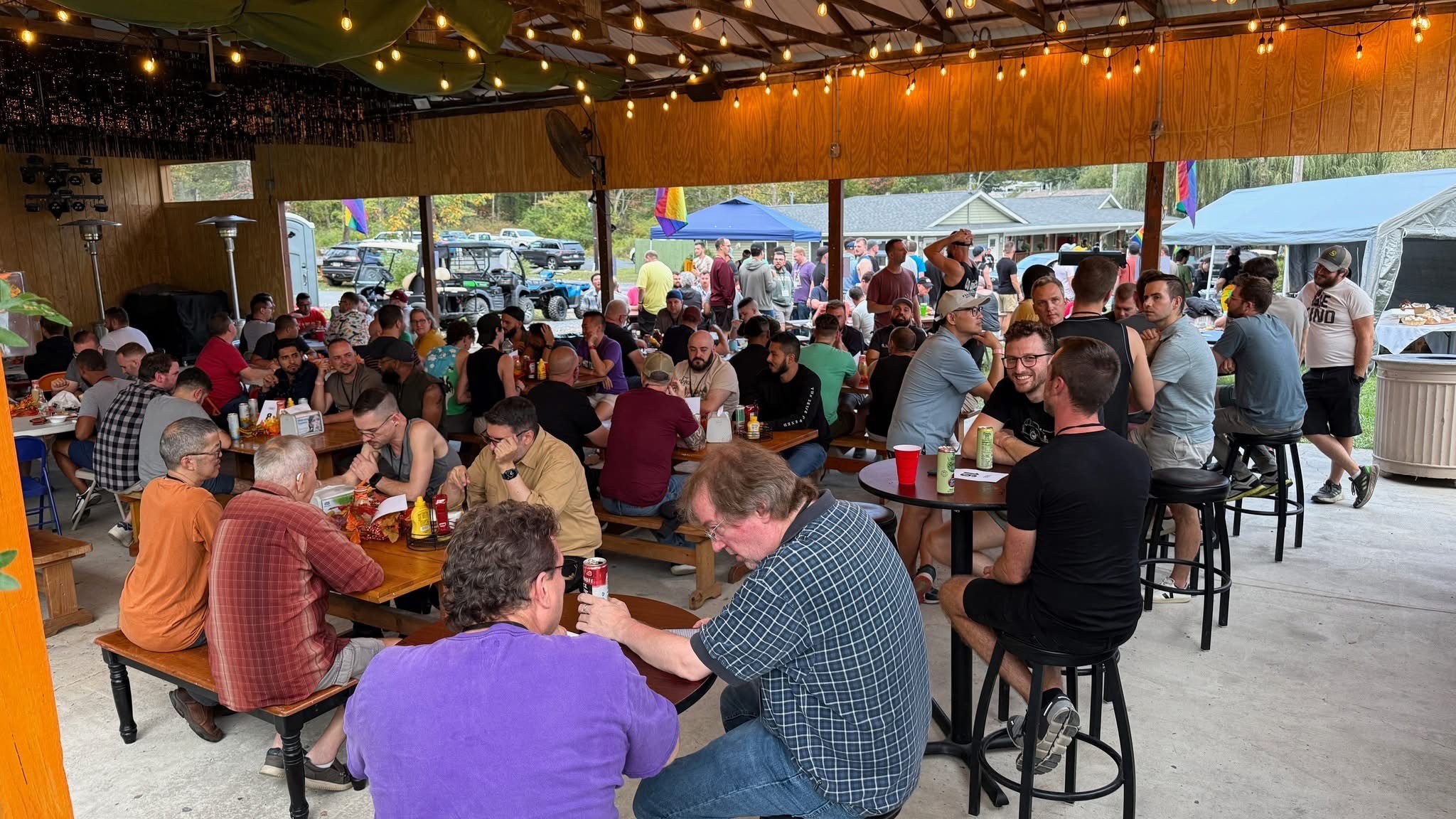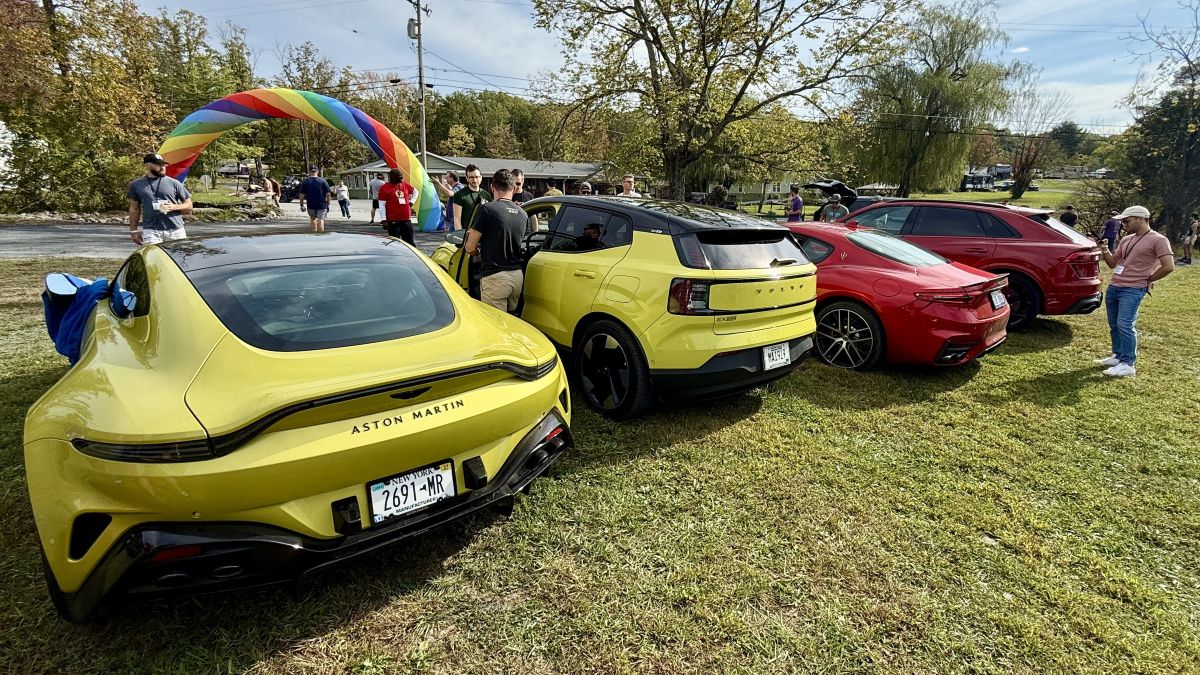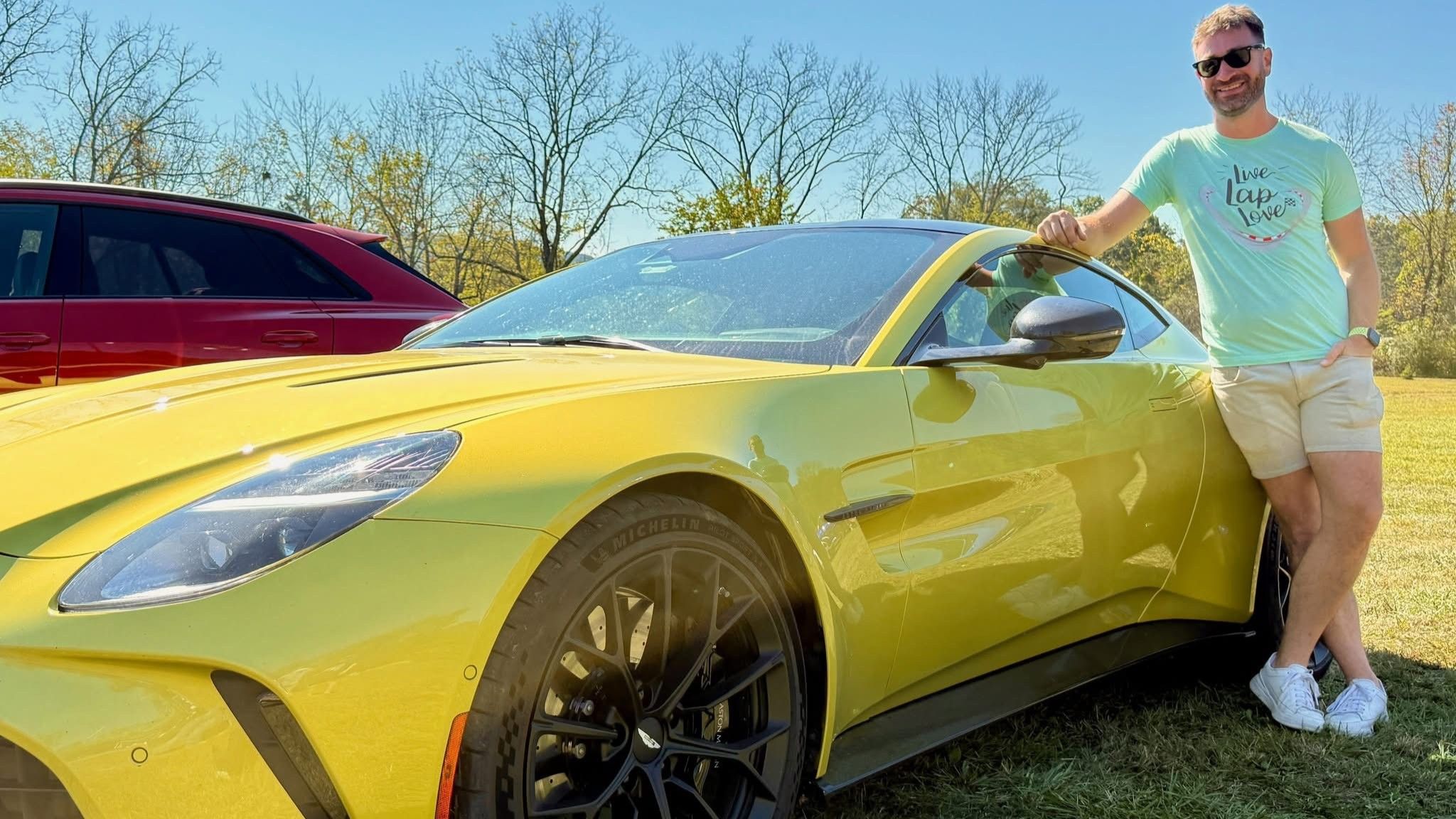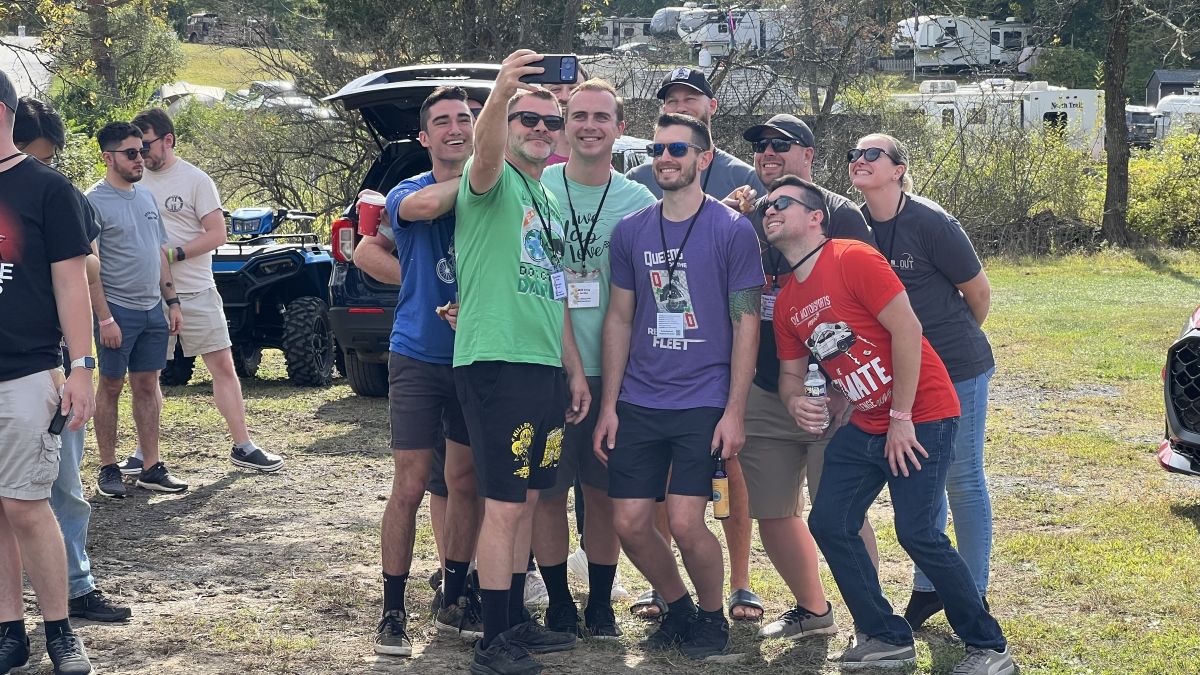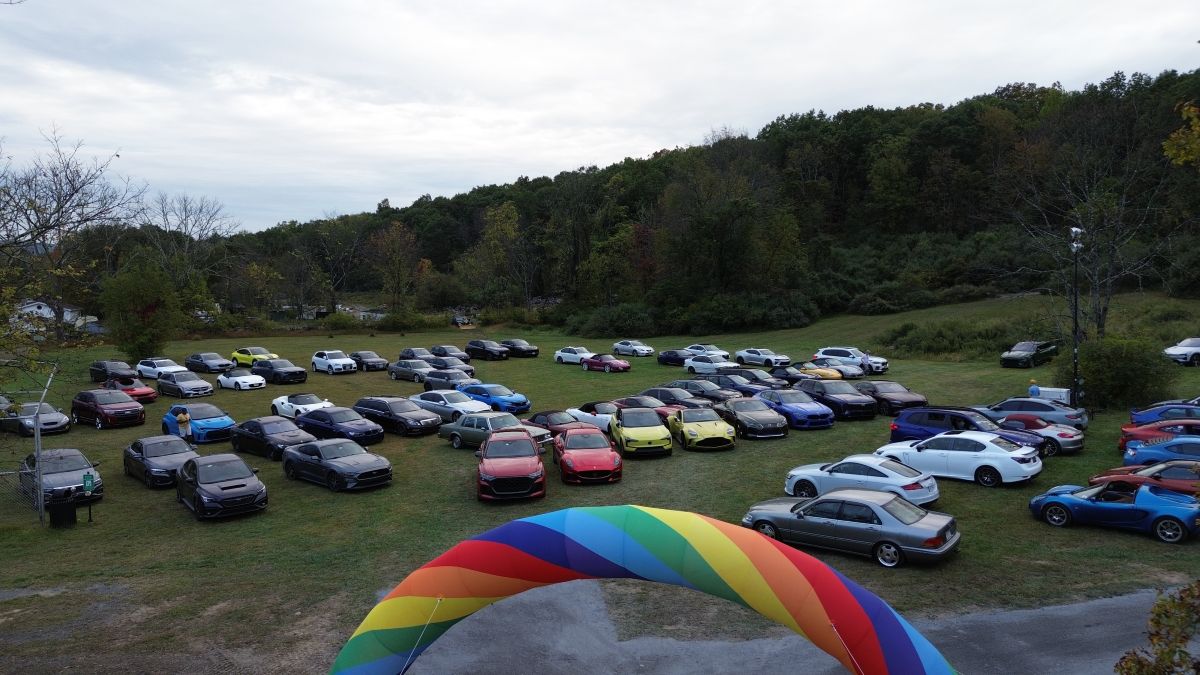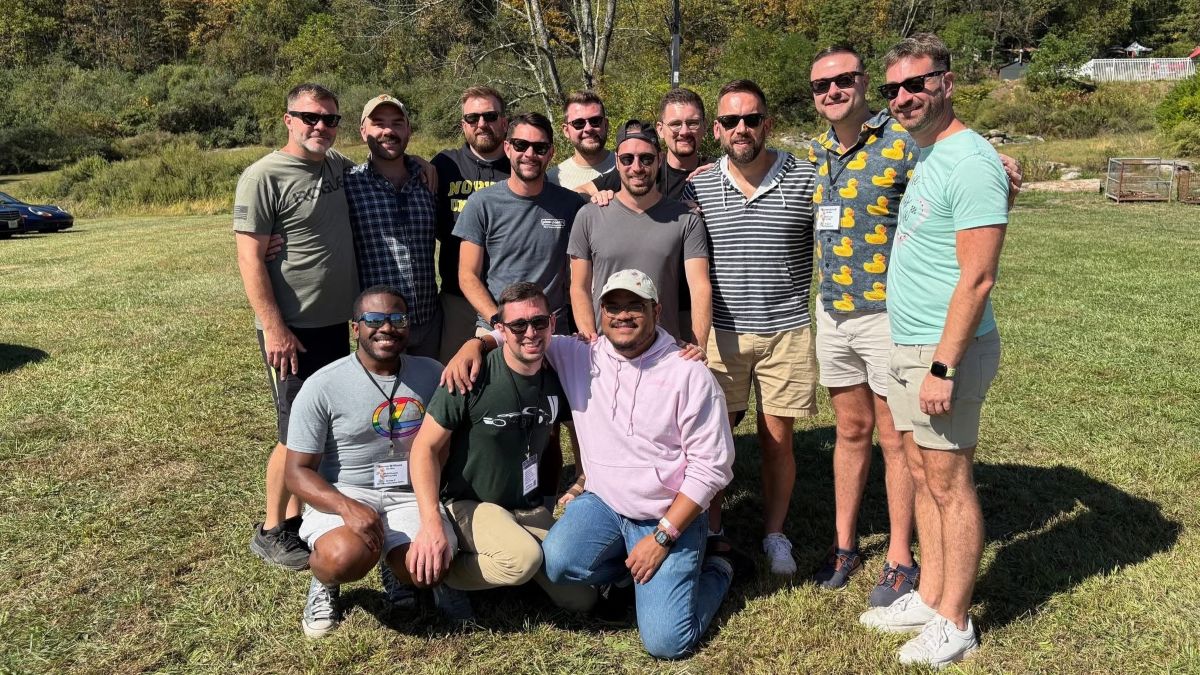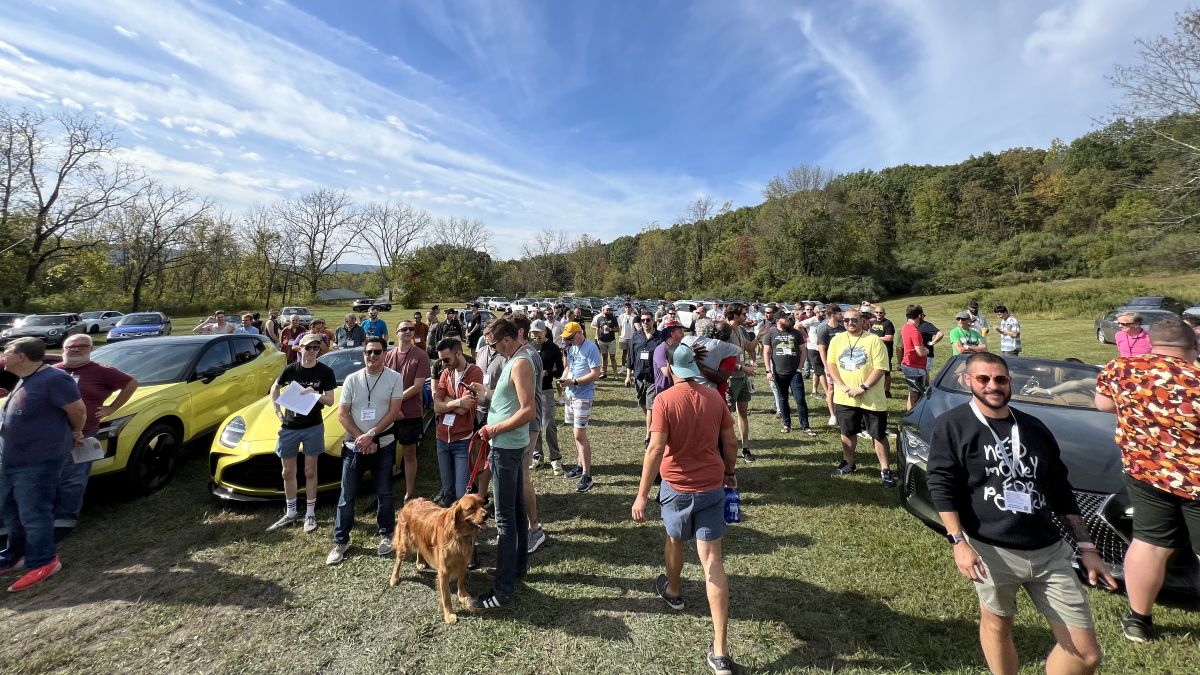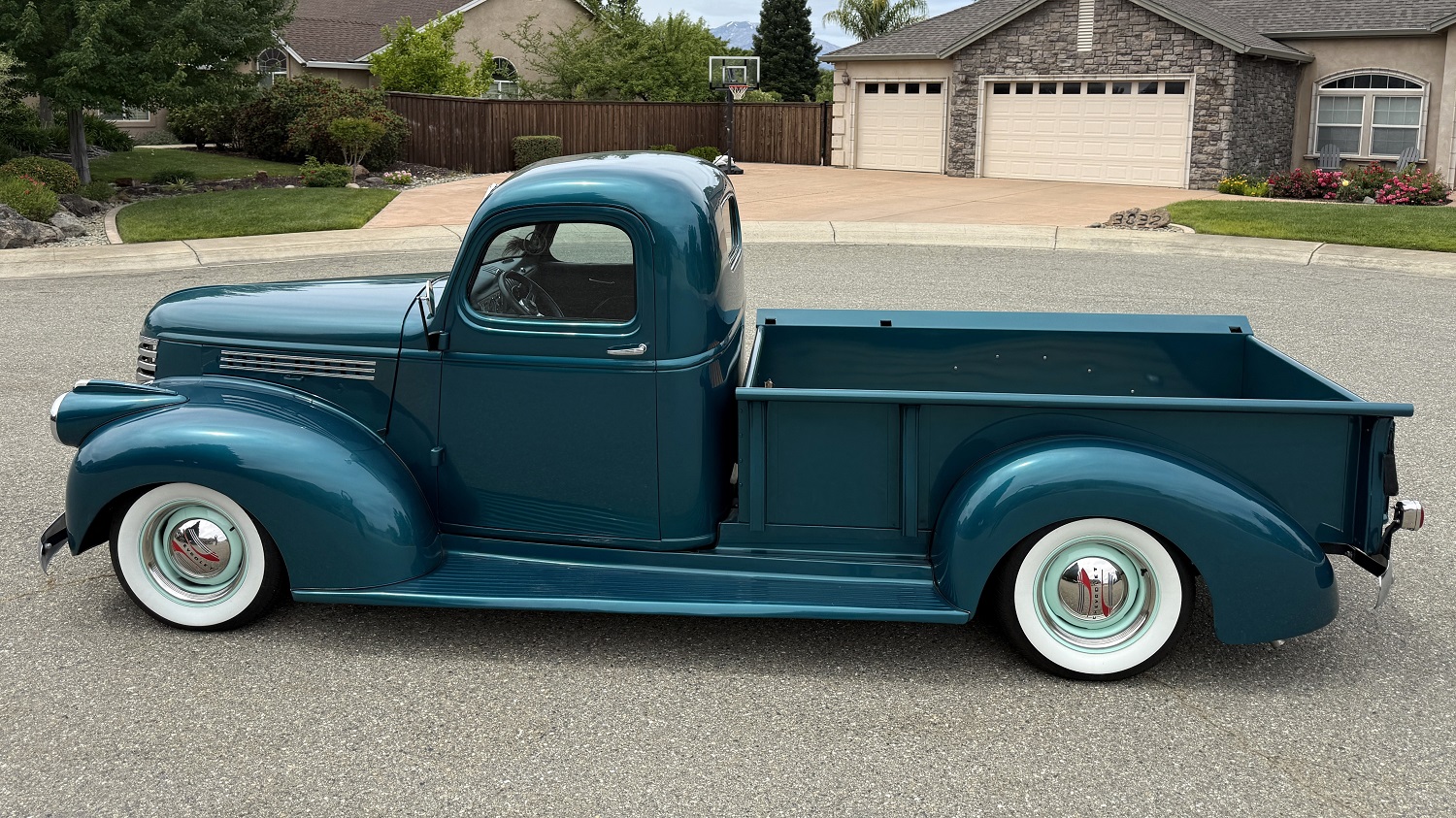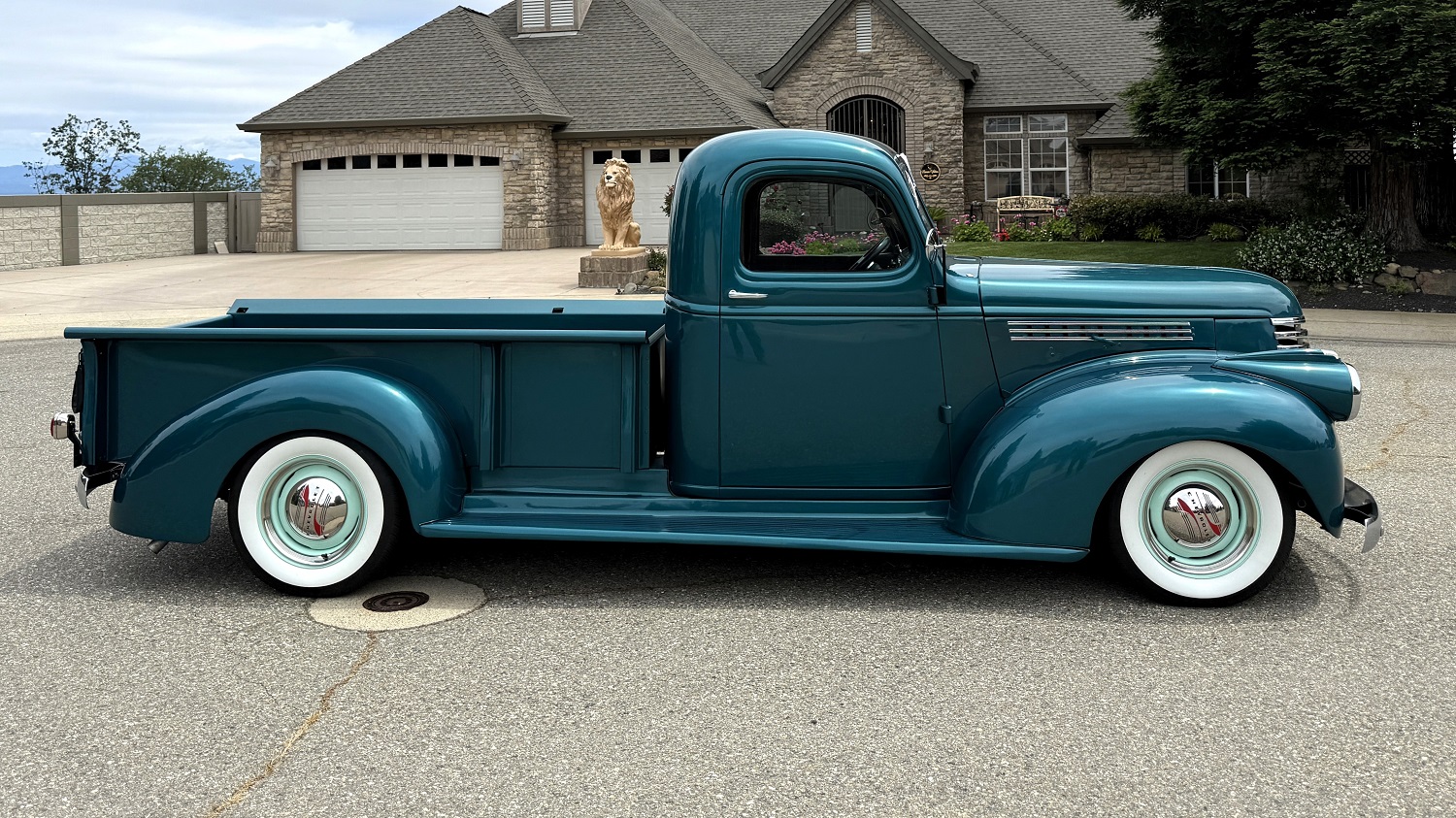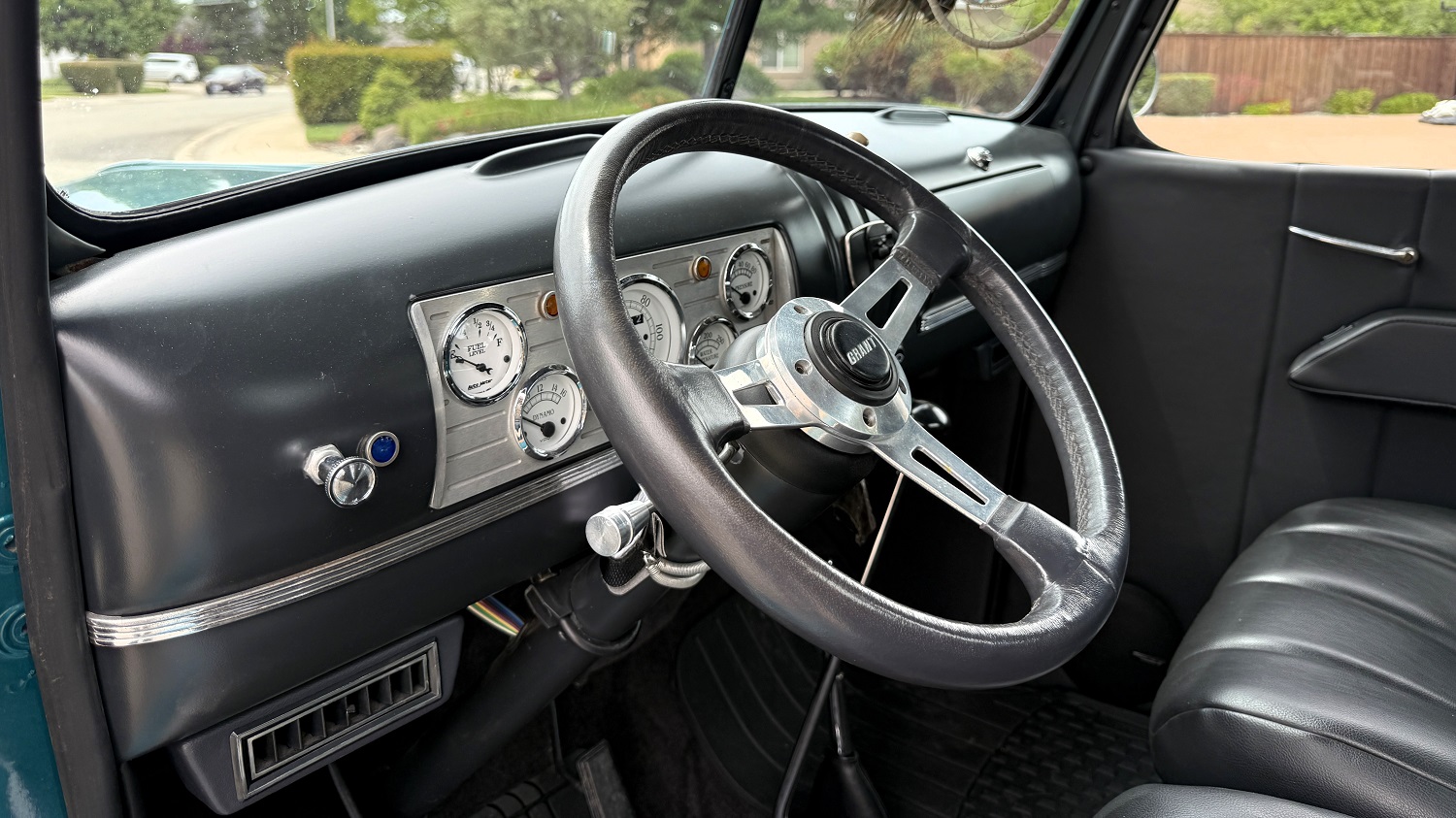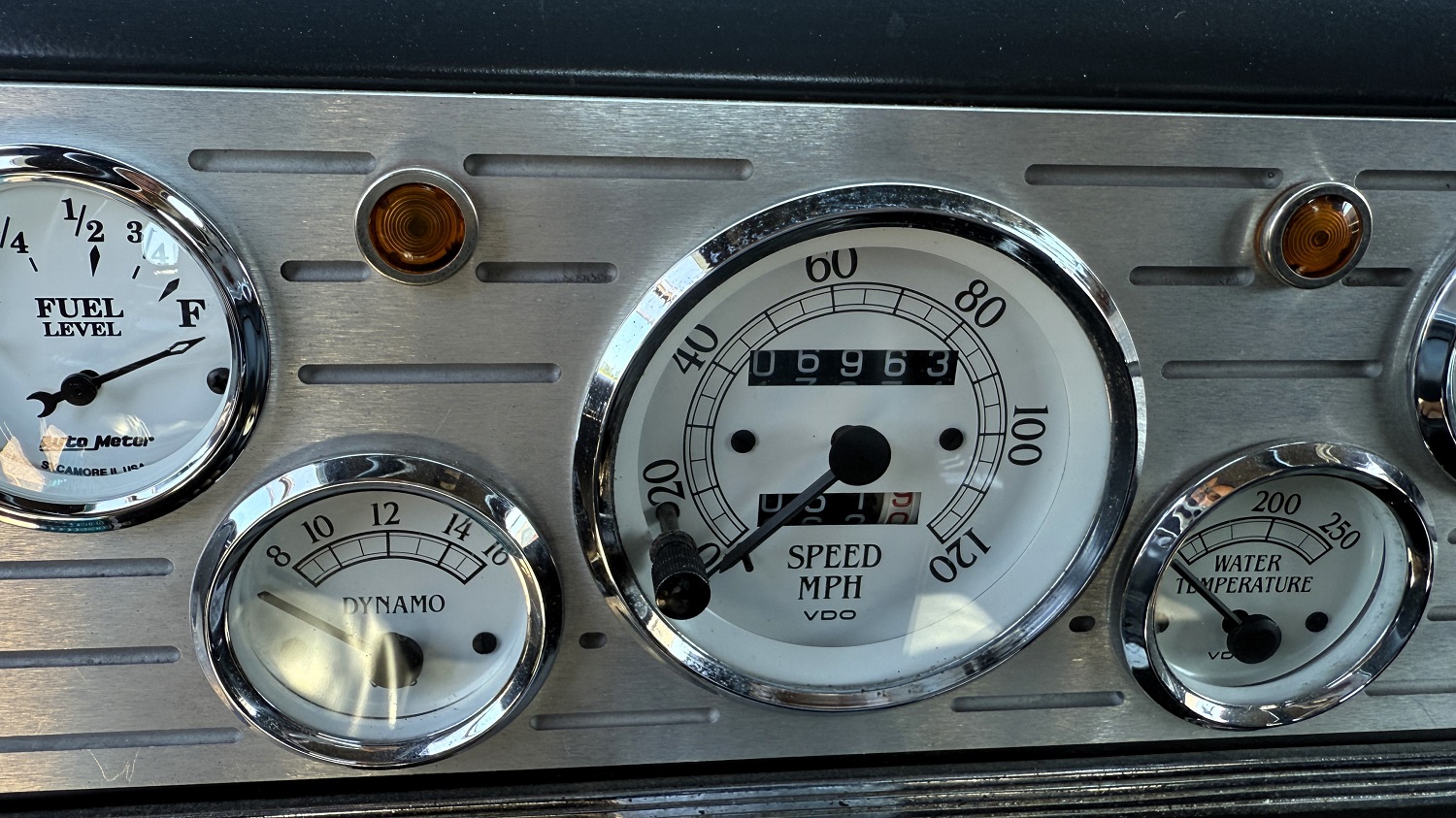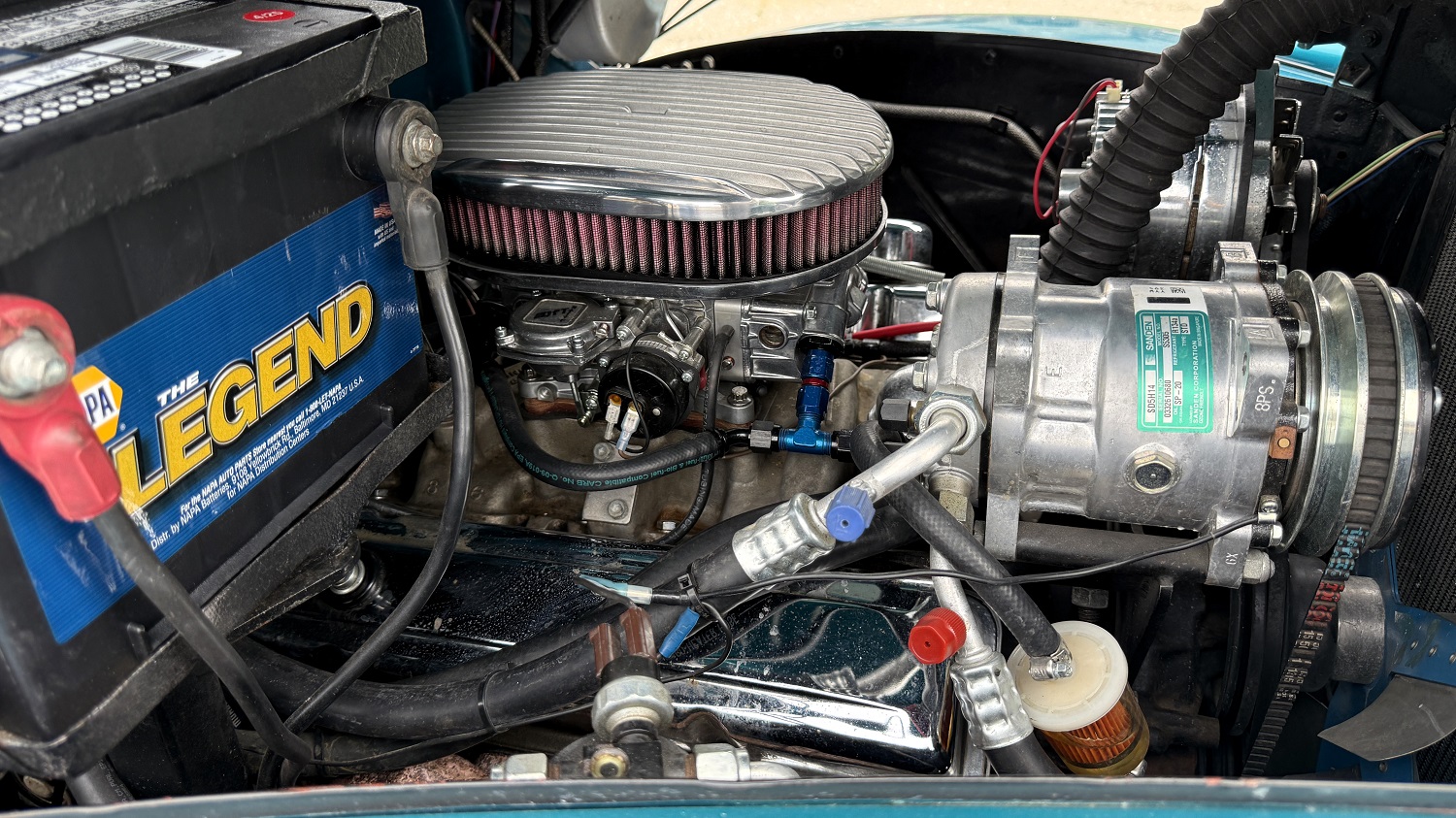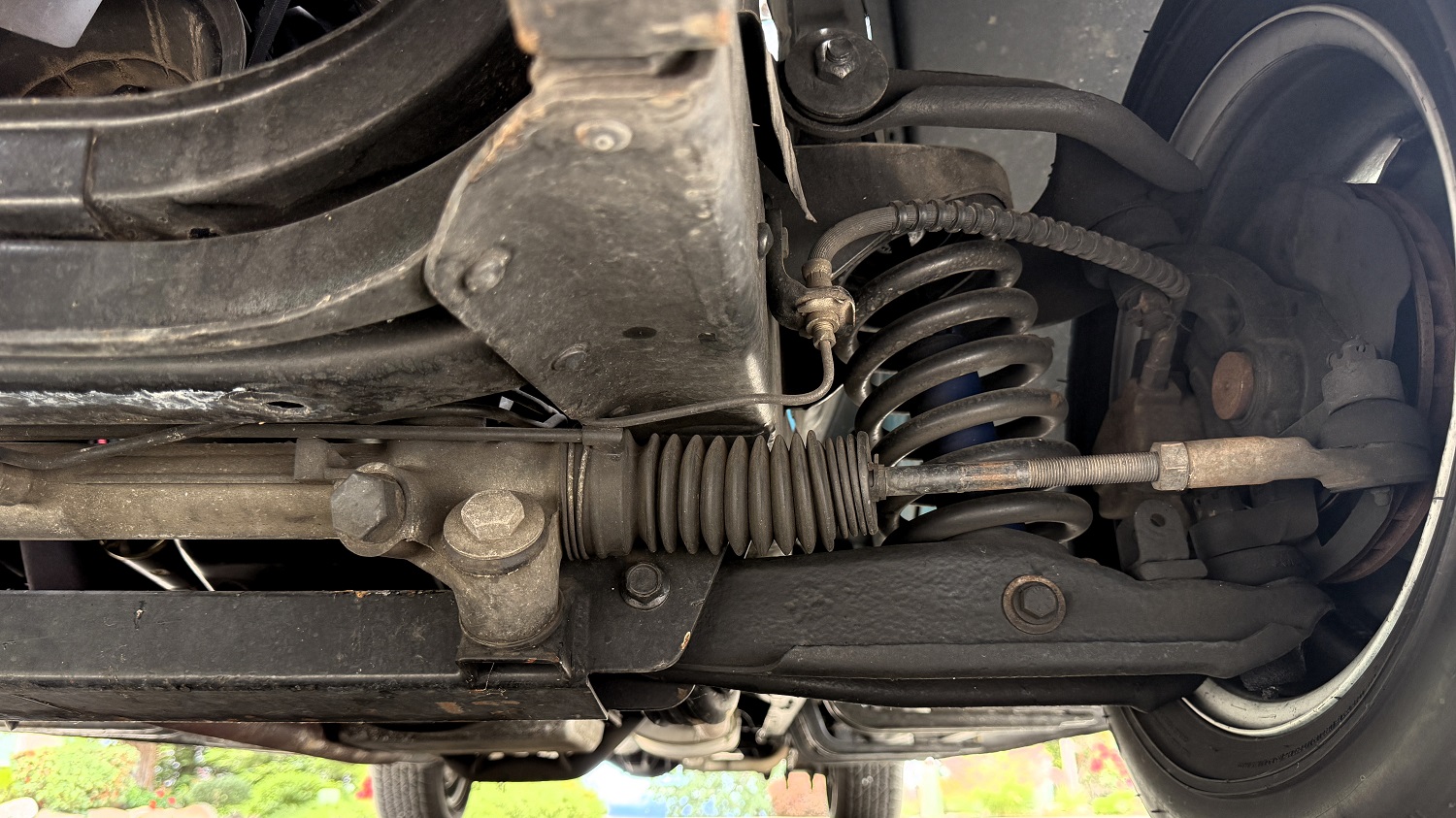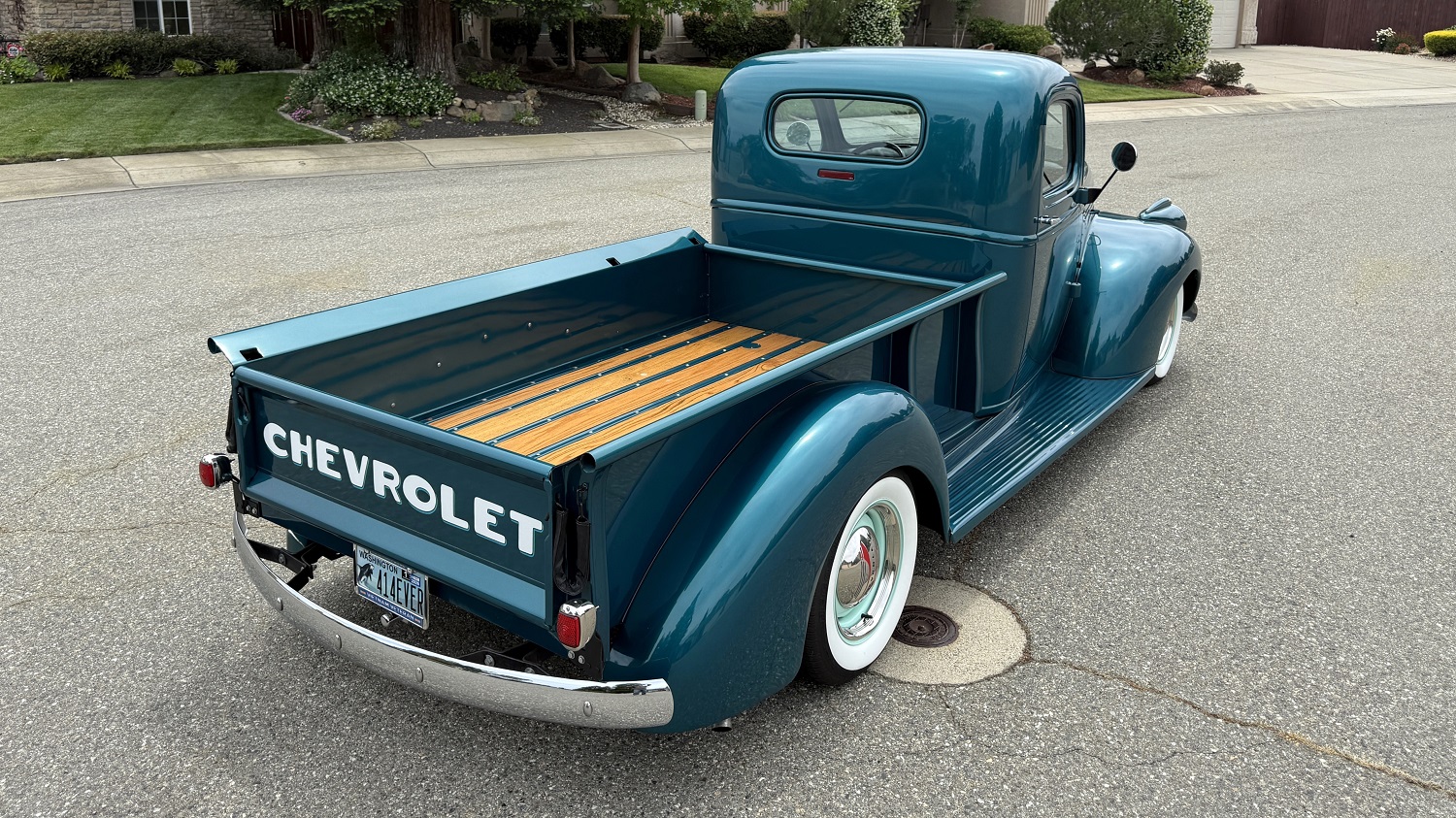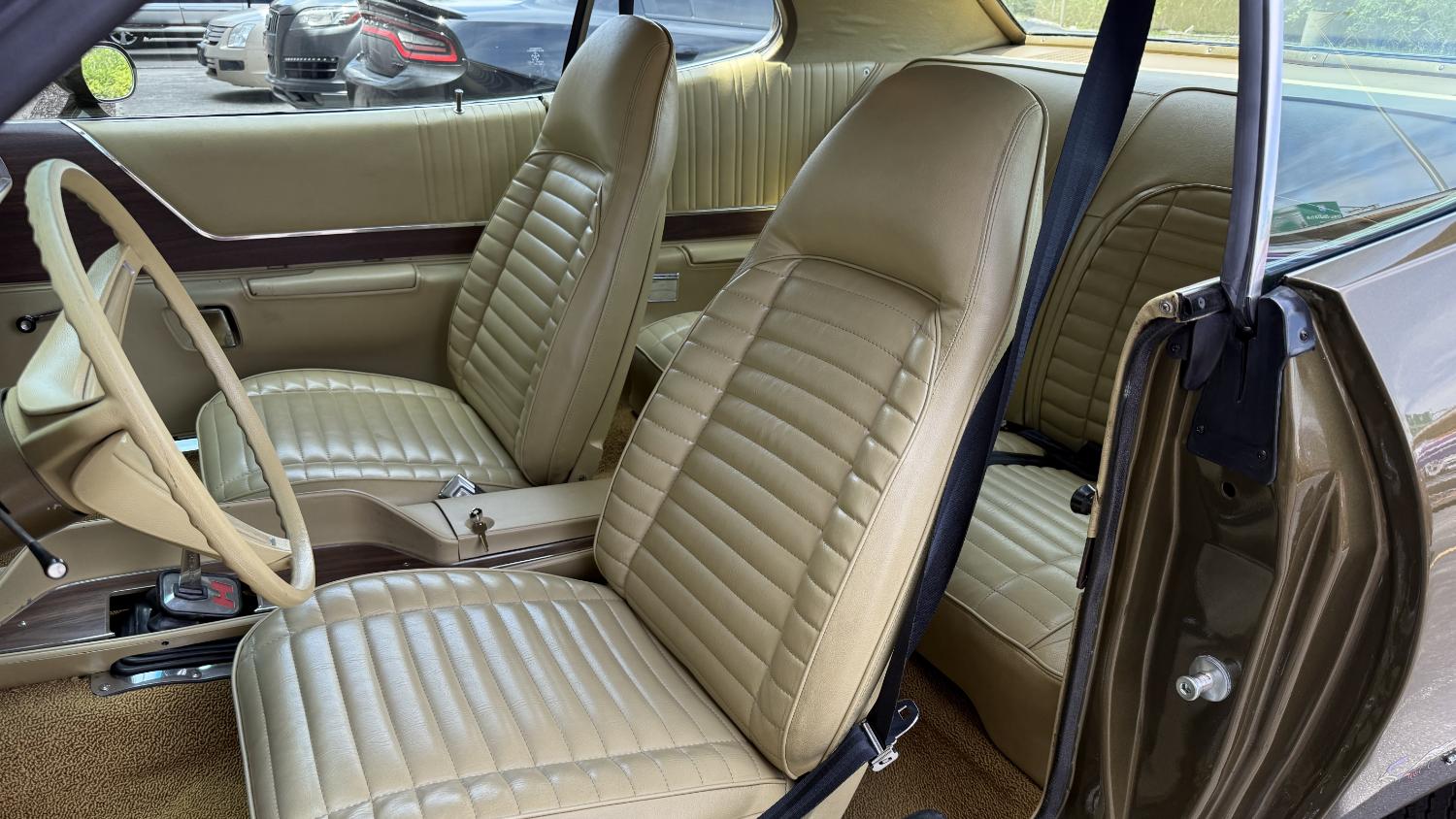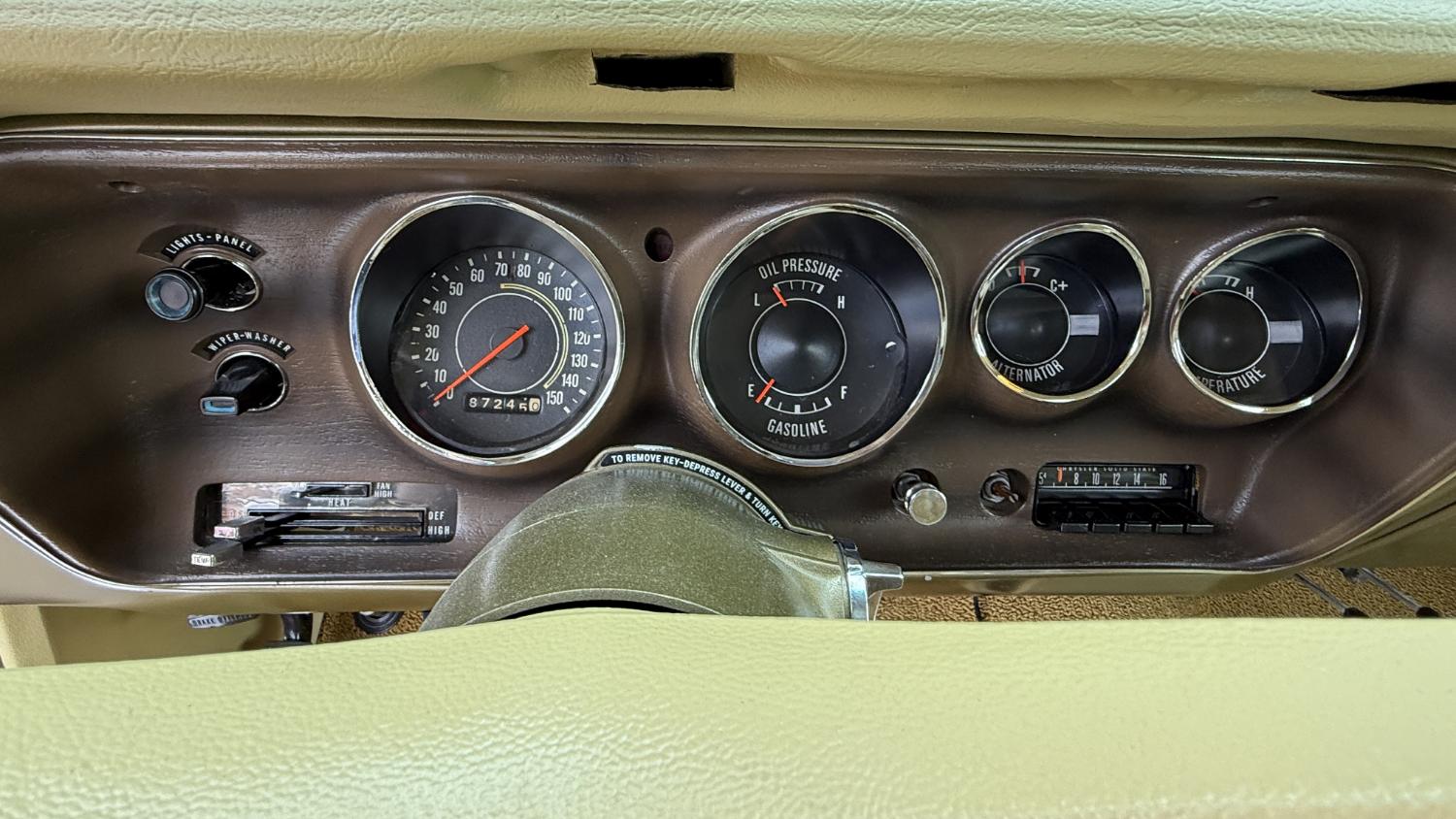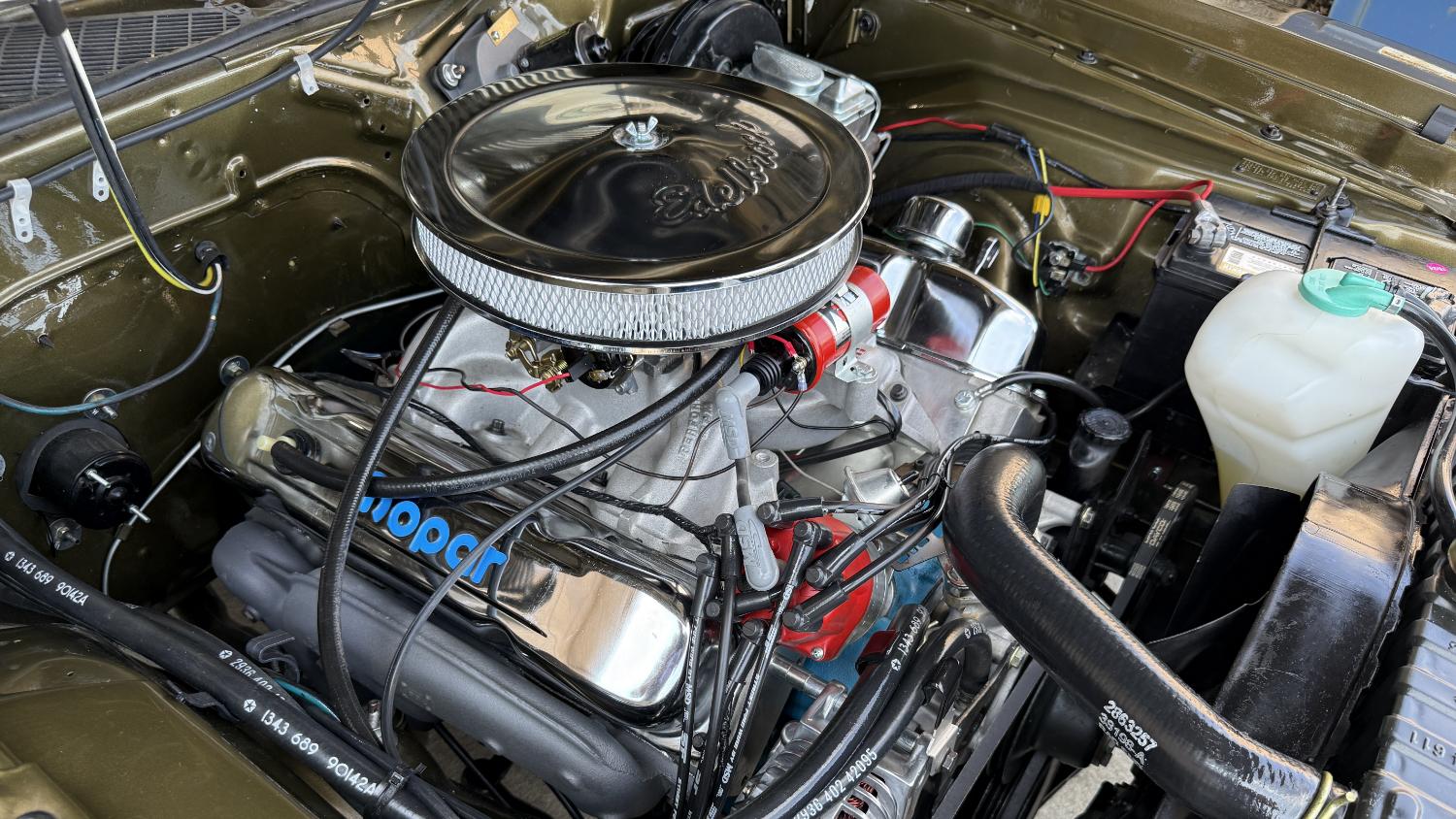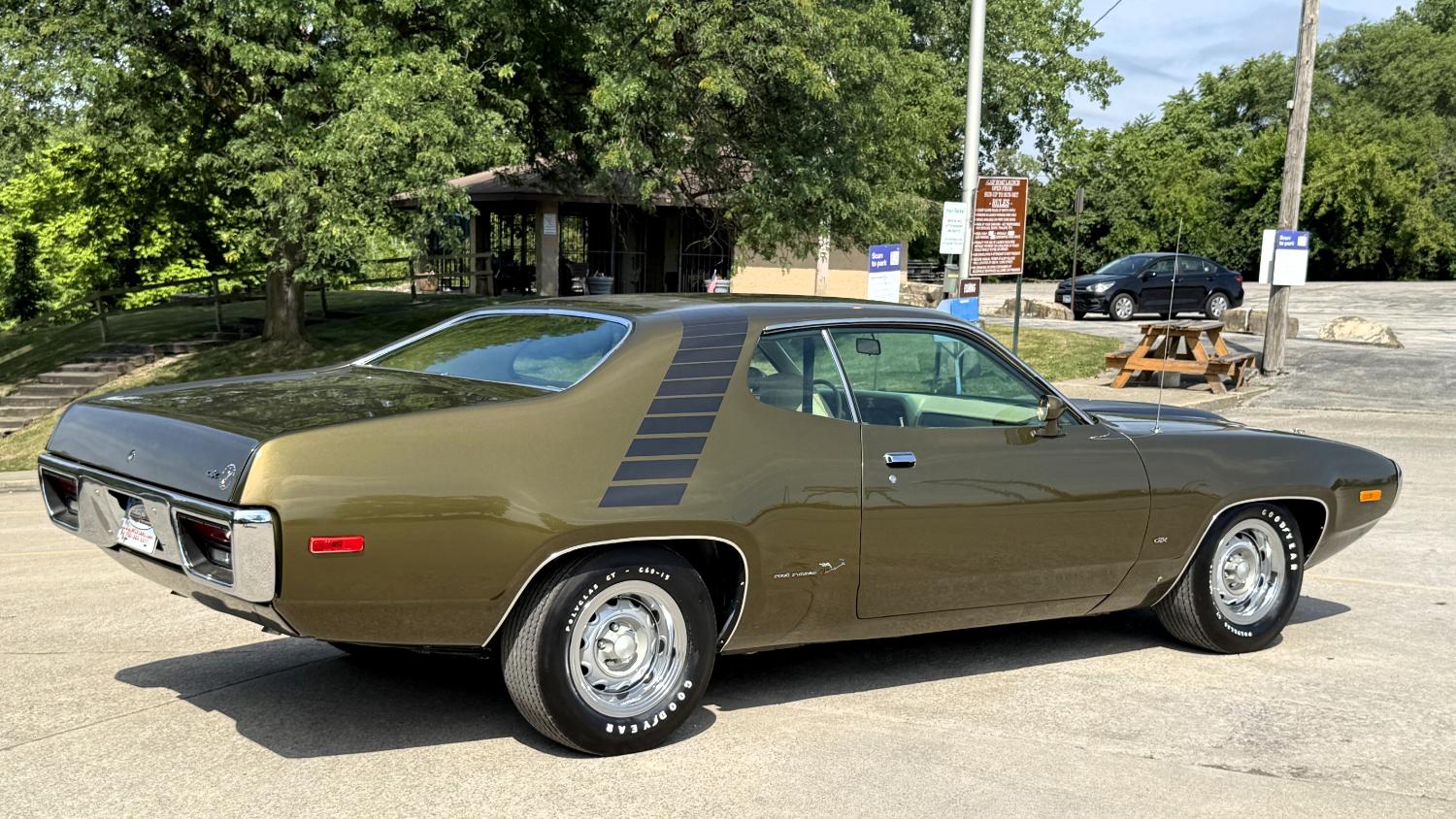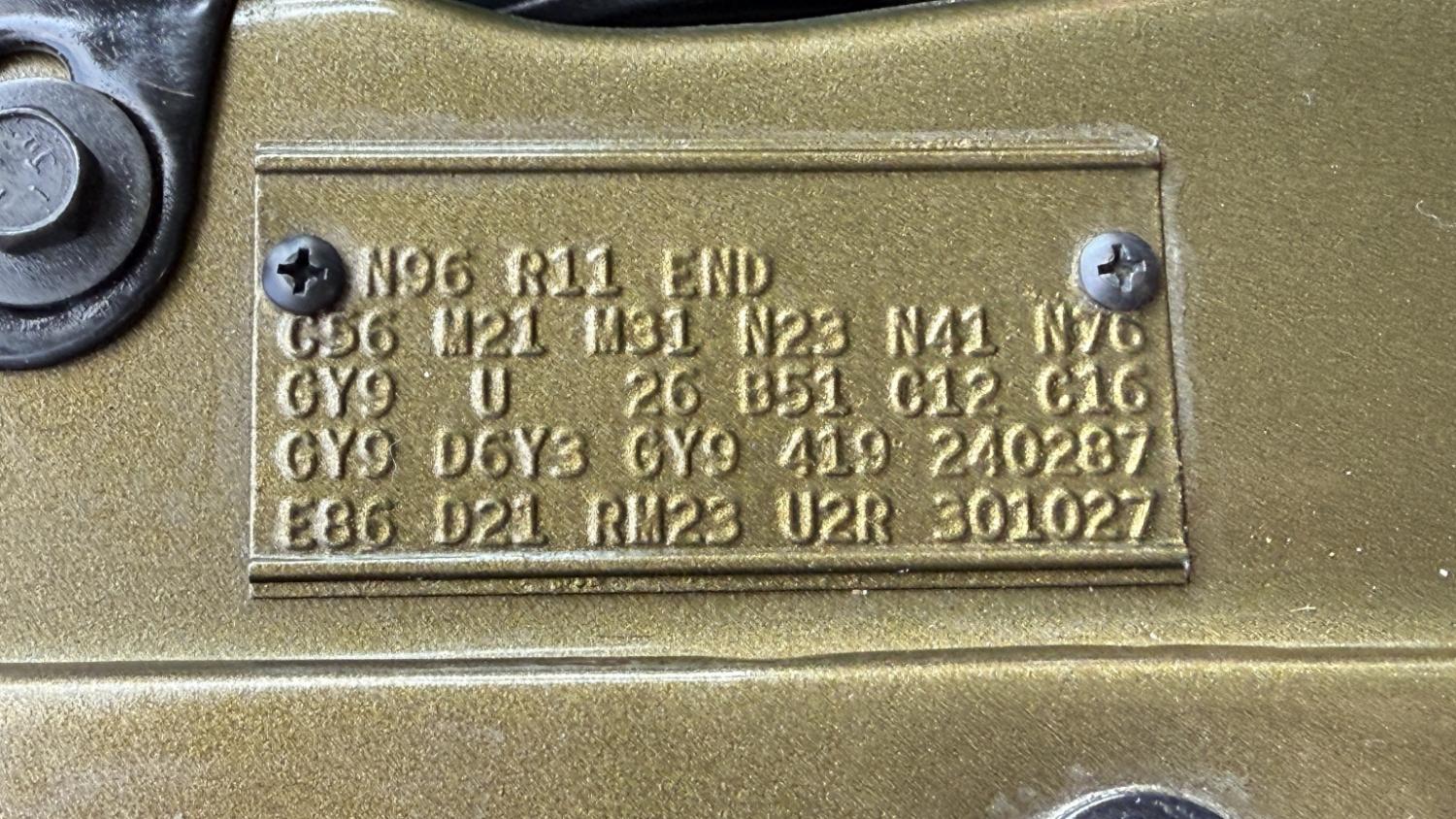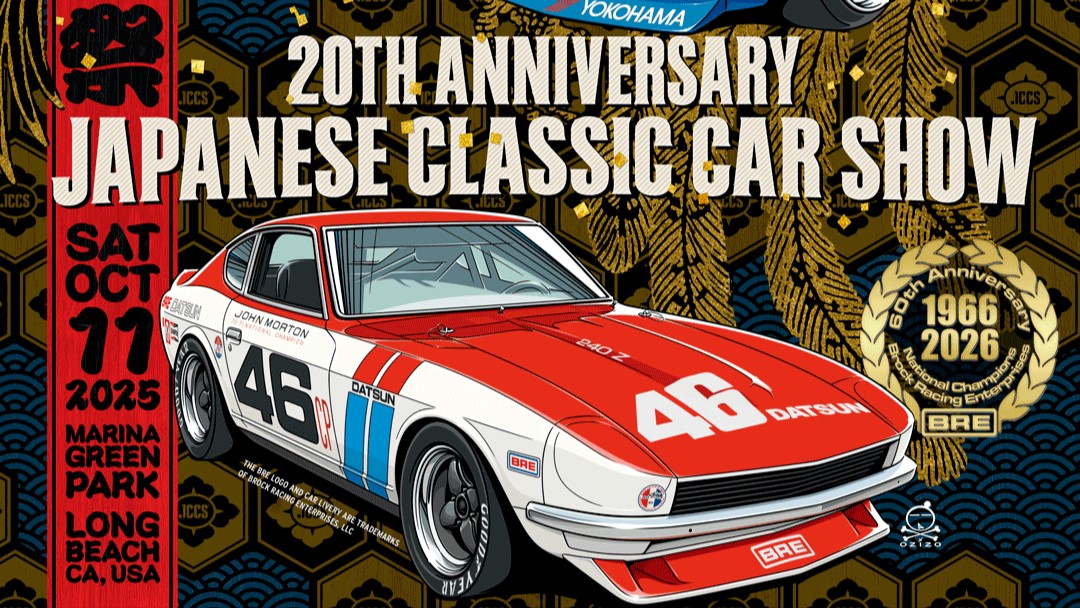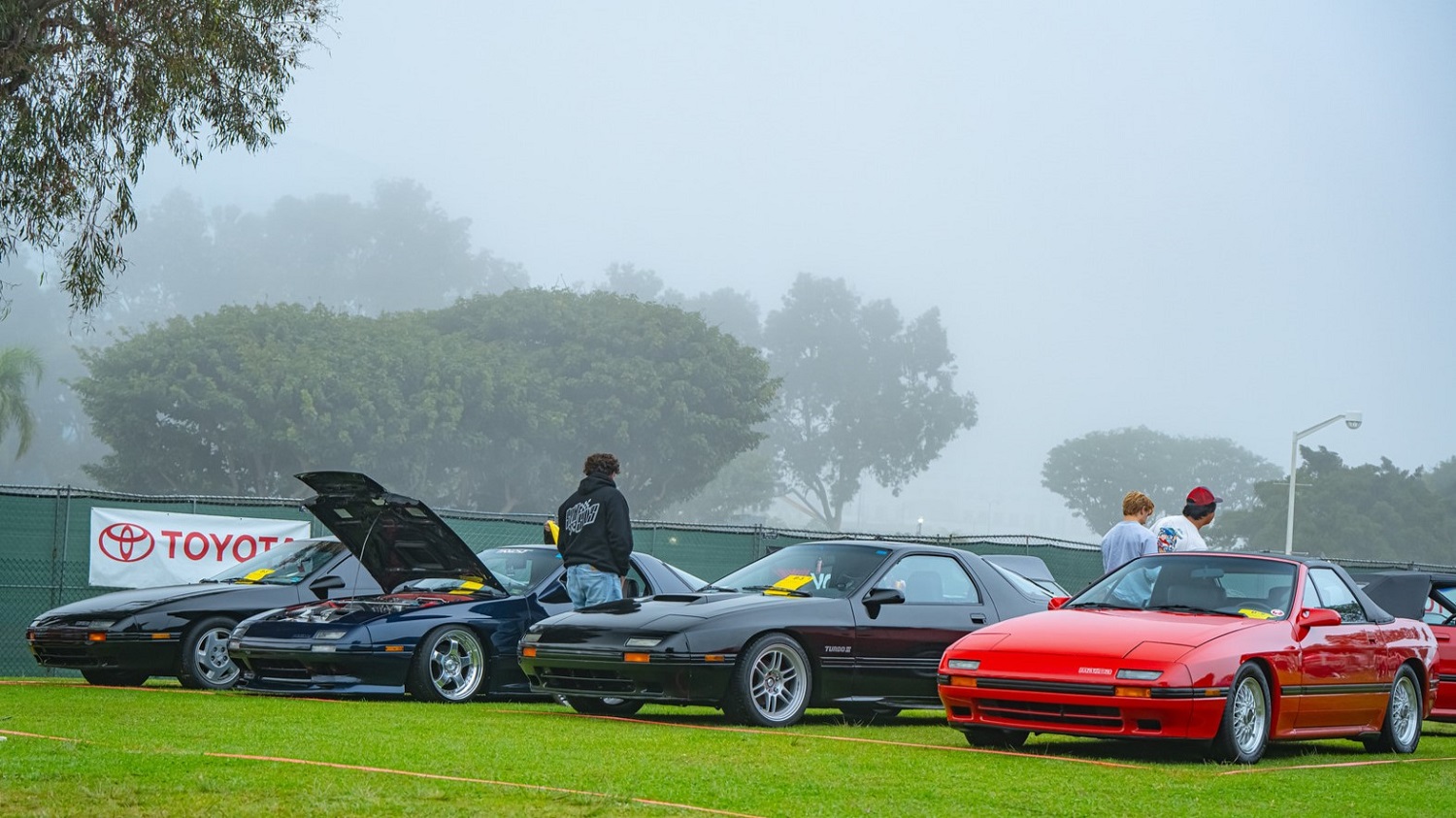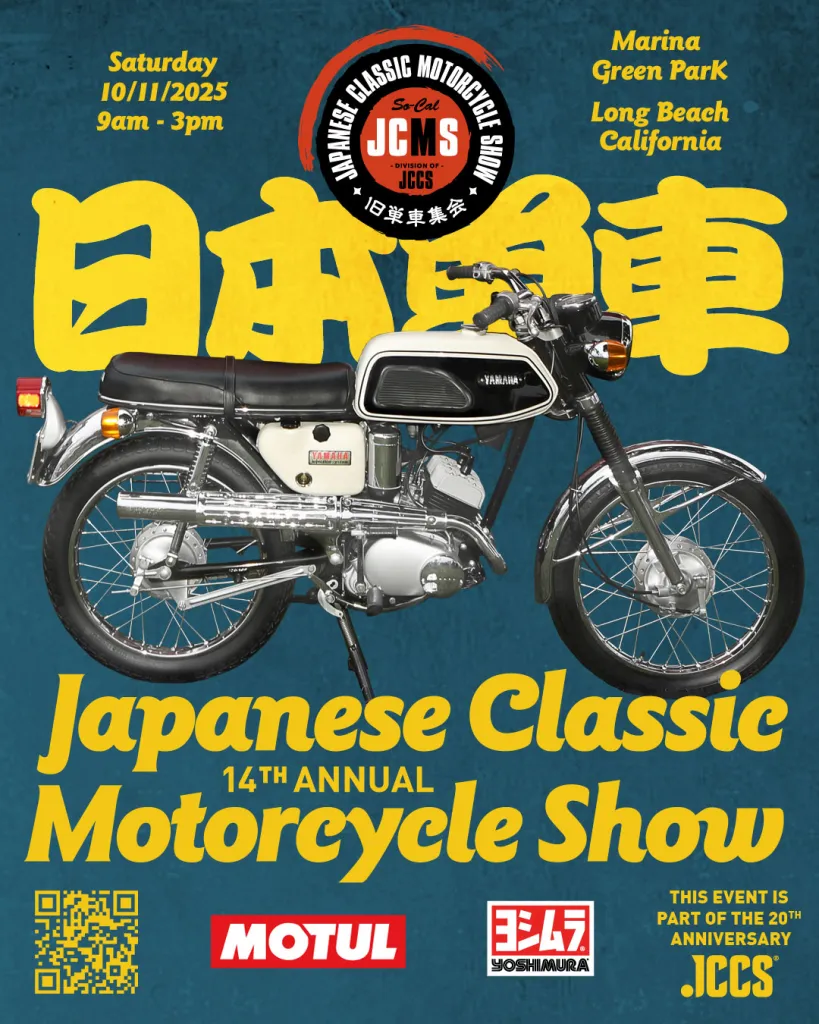When it was new, 1957 Cadillac models were targeted at the distinguished and the wealthy of society. The Pick of the Day is a 1957 Cadillac Coupe de Ville listed for sale on ClassicCars.com by a private seller in Laguna Niguel, California.
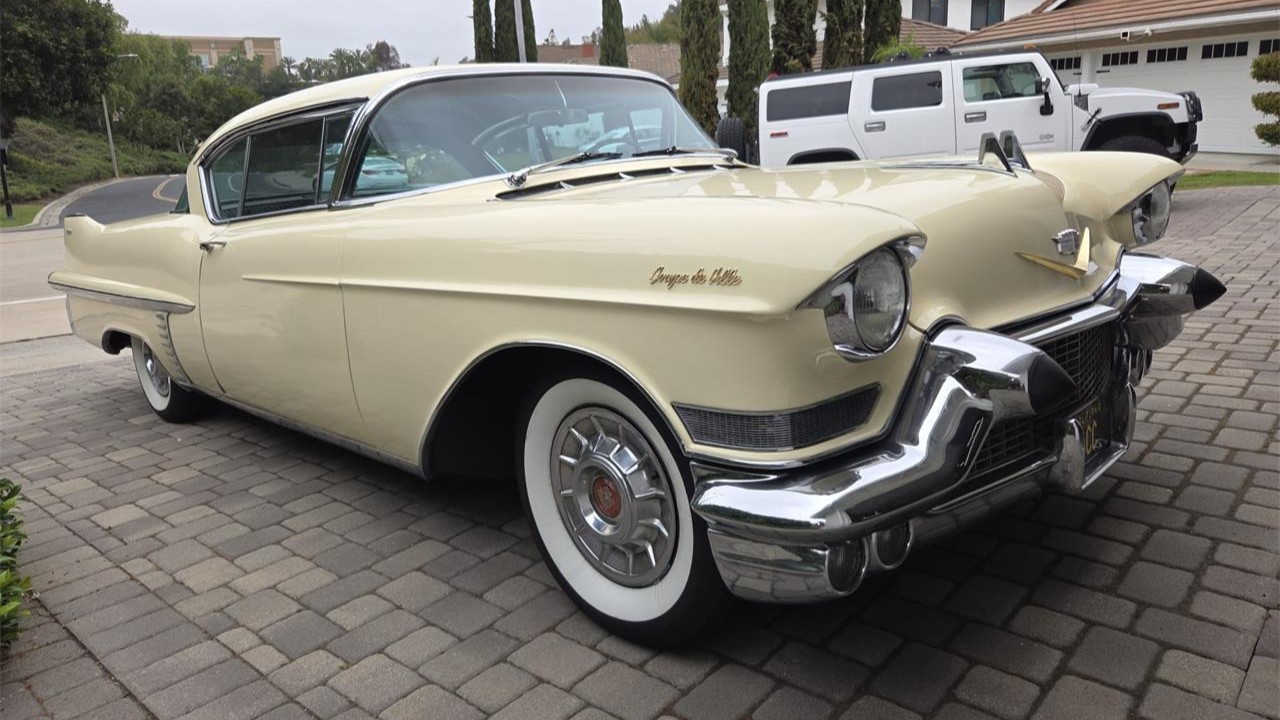
As it turns out, even nearly 70 years later, the Coupe de Ville still appeals to celebrities and collectors. For example, “Jay Leno’s Garage” uploaded a video about a year ago showcasing Jay’s personal Coupe de Ville. If you’ve ever wanted to join the elite community of owners, here’s your chance.
“Excellent original condition, with odometer showing 58,800 miles,” the listing says. “Runs and drives great.”
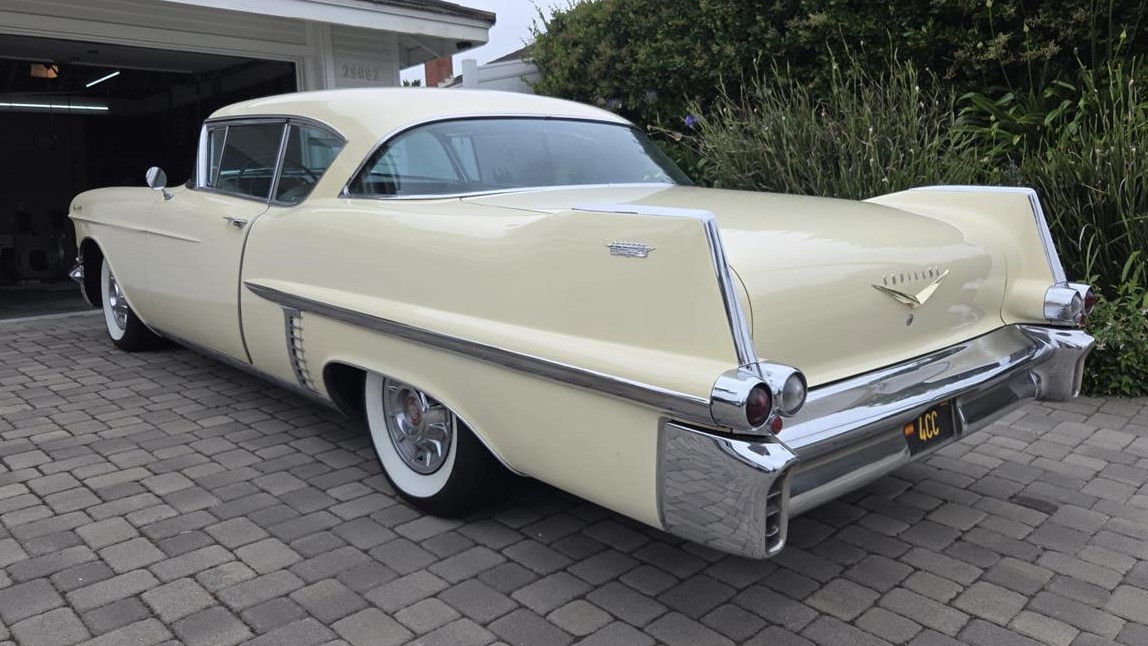
The Coupe de Ville was a pillarless hardtop with peak 1950s design: lots of chrome, dramatic tailfins, and “jet age”-inspired trim. All of that fanfare served to give the car an unmistakable presence on the road. One of the magazine advertisements of the period said, “A man needs no introduction to those about him when he sits at the wheel of a Cadillac. Because of its long association with the world’s distinguished motorists, it indicates his own high standing in his world of affairs.”
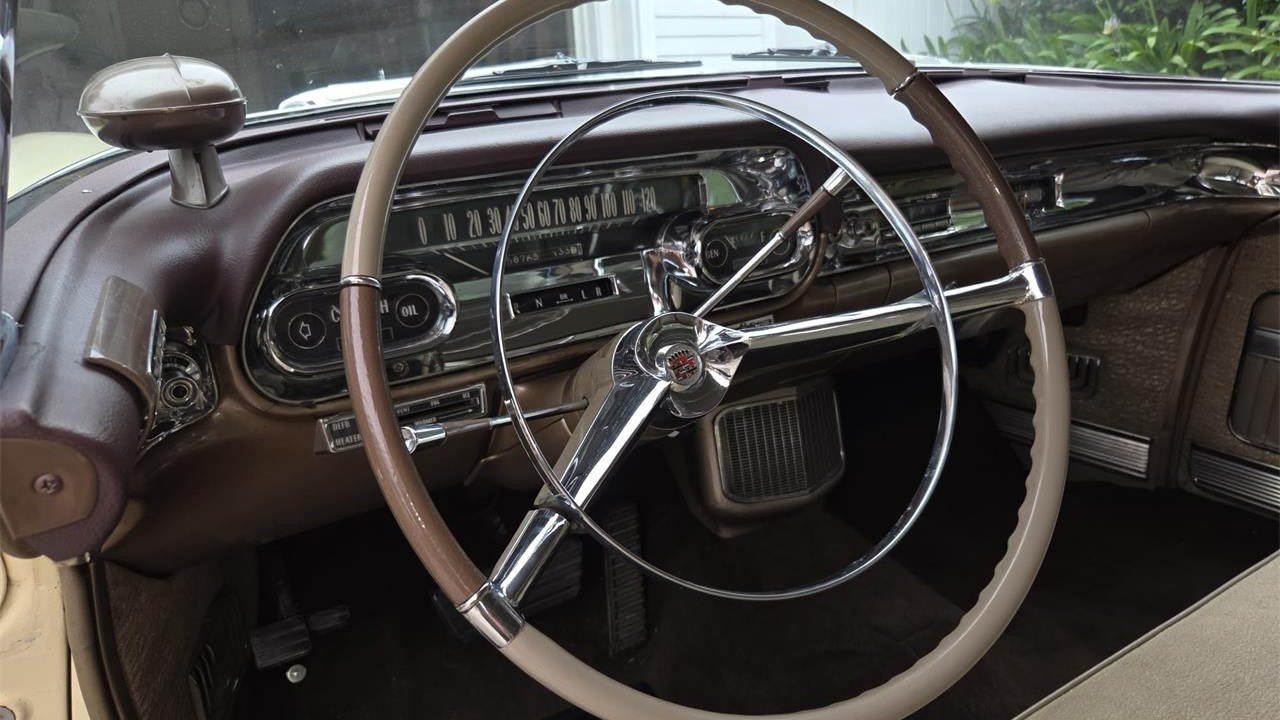
Finished in Leghorn Cream (paint code 40), this example is one of 23,813 Coupe de Villes sold for 1957. The car is said to be highly original—the only thing that has been changed on the interior is the front-seat upholstery. “This beautiful car draws a crowd of admirers,” the listing says. For its time, the car had a long list of luxury features like power steering, power brakes, power windows, air conditioning, and a signal-seeking radio.
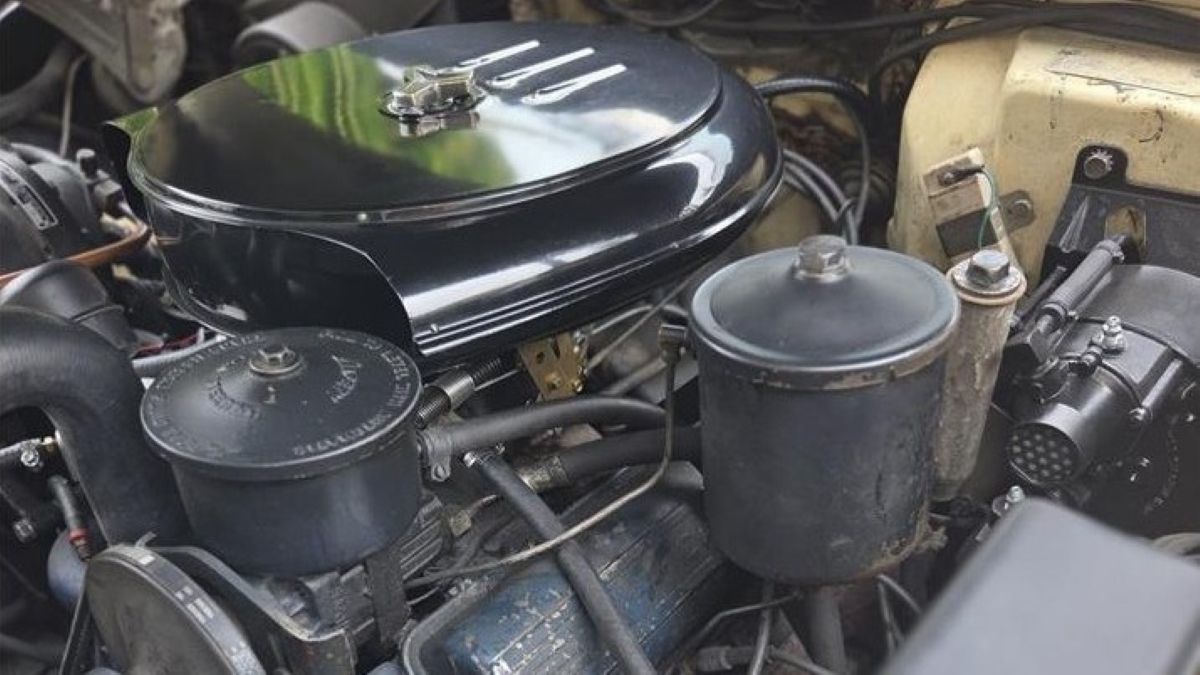
Power comes from a 365ci V8 mated to a three-speed automatic transmission. According to the seller, recent maintenance items include a rebuilt carburetor, new fuel pump, new battery, new muffler, new shocks, and new whitewall tires. The original air-conditioning system is reportedly complete, but it needs to have the compressor rebuilt.
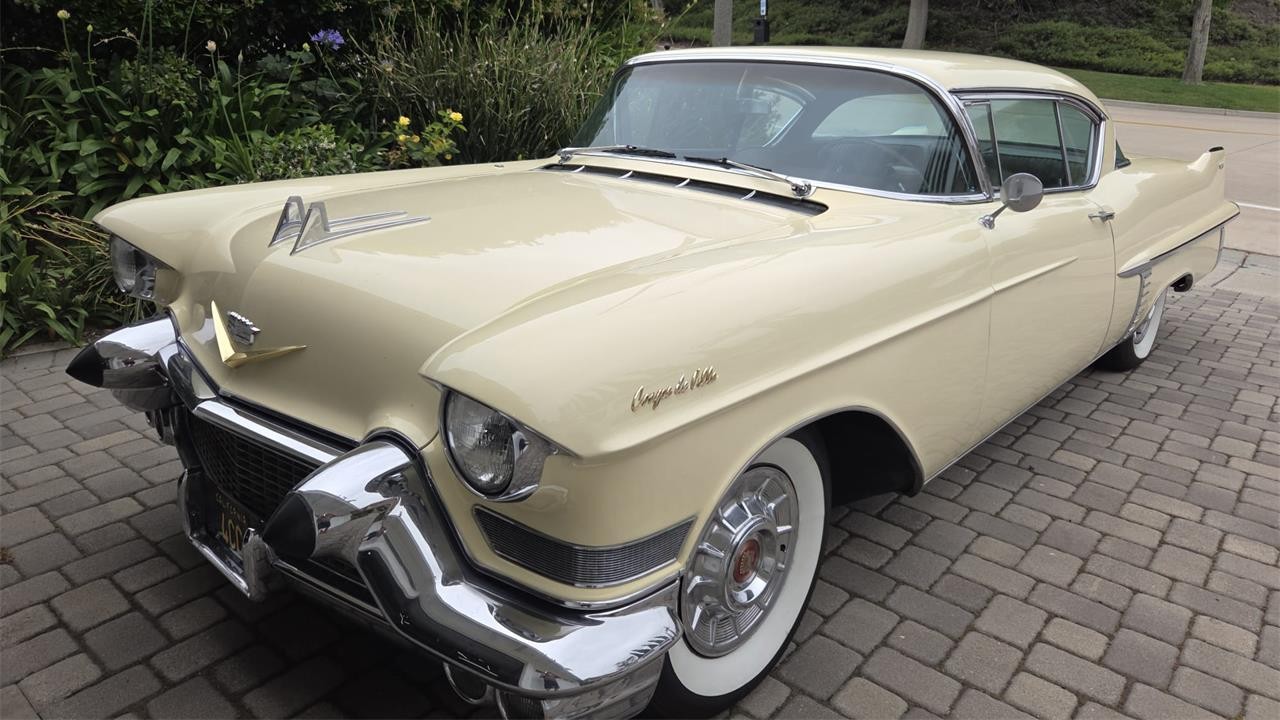
The retail price of a 1957 Coupe de Ville when new was in the low-to-mid $5,000s—the equivalent of nearly three times the price of a Chevrolet 150 at the time. It’s no wonder the Coupe de Ville has upheld such enduring appeal over the last seven decades (and probably will for at least seven more). The listing calls the Coupe de Ville “A vision of timeless elegance.” Clearly the collector community agrees.
The asking price is $59,950 or best offer.
Click here to view this Pick of the Day on ClassicCars.com






















